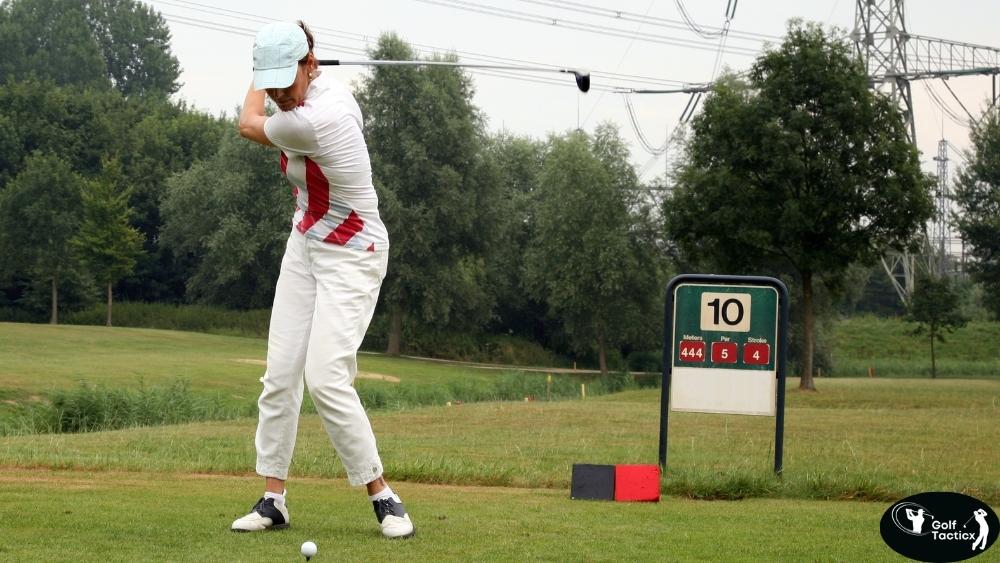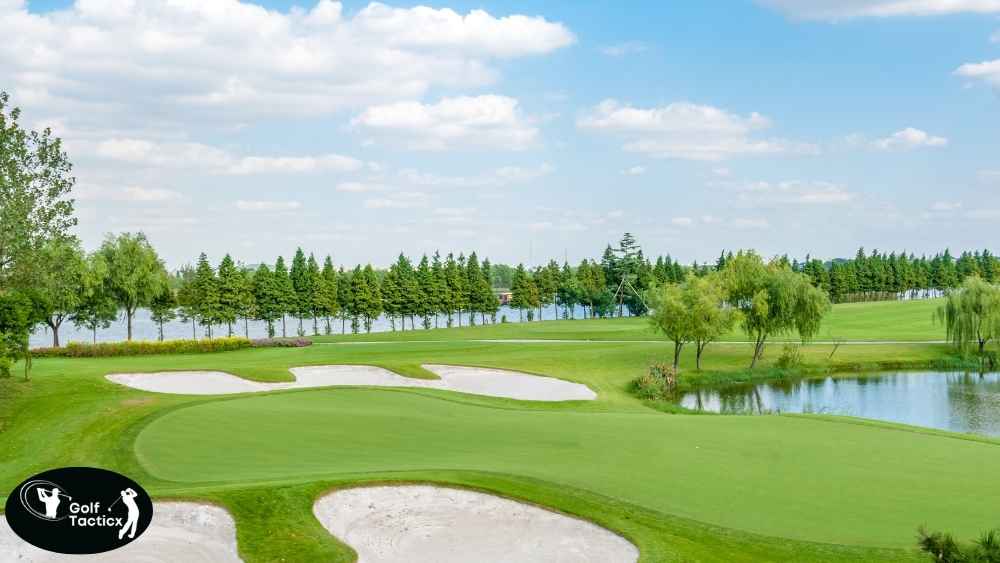Firm and fast fairways can be a golfer’s best friend or worst enemy depending on how well you’re able to adjust your game to the conditions. These types of fairways require a different strategy than lush, soft ones, and they can throw a wrench in your plans if you’re not prepared.
As we talked about earlier, it’s important to Rebound Quickly After a Bad Hole or Mistake to stay focused and keep your round on track.
Understanding How To Play Firm Fairways can give you a huge advantage. It’s all about adapting to the course conditions, tweaking your approach, and adjusting your shots accordingly.
In this blog post, I’ll walk you through How To Play Firm Fairways, including how to select the right clubs, adjust your swing, and plan your shots for optimal performance.
Understand the Importance of Course Conditions
Before we dive into specific adjustments, it’s important to understand why firm and fast fairways require a different approach. When the ground is firm, the ball will roll much farther after landing, which means you need to account for that extra distance when planning your shots. A shot that would normally stop quickly on a soft fairway could roll an additional 10–20 yards or more on firm ground.
Fast fairways mean that the ball is more likely to skip and bounce once it hits the ground, which can affect how you approach landing zones and greens. In addition, the ball’s trajectory, spin, and control will behave differently when the course conditions are dry and hard.
Let’s dive into some practical strategies to handle these situations.
Adjusting Your Club Selection
One of the first things you’ll need to do on firm and fast fairways is adjust your club selection. Since the ball will roll farther, you’ll need to consider using clubs that will allow for a more controlled and calculated approach.
Choose a Longer Club Off the Tee
When hitting from the tee, use a club that will give you more distance than you would normally use on a soft fairway. A driver or a 3-wood may be a better choice to compensate for the additional roll. A longer club can help you get the ball further down the fairway without worrying too much about the ball going too far.
Club Selection Chart for Firm and Fast Fairways:
| Situation | Suggested Club |
| Tee shot on a par 4 or par 5 | Driver, 3-Wood |
| Fairway approach on a par 4 | 5-iron, 6-iron |
| Short approach shots | 8-iron, Pitching Wedge |
Consider a Lower Lofted Iron
For your approach shots, you might want to consider a lower-lofted iron (like a 5-iron or 6-iron). These clubs tend to keep the ball flight lower, which can be beneficial when playing on fast fairways. A lower ball flight will help reduce the amount of roll-out and give you more control over where the ball lands.
If the fairway is too firm, higher-lofted clubs (like a pitching wedge) might cause the ball to bounce too much or even roll off the green. Lower-lofted clubs give you a more predictable result.
Adjust Your Swing to Account for Less Backspin
When playing on firm and fast fairways, one of the major challenges is the reduced backspin you get on the ball. Without the softness of a more lush fairway, you won’t be able to generate as much spin to stop the ball quickly after landing. This means you have to approach your shots with this in mind.
Focus on a Clean, Crisp Strike
A clean, crisp strike is essential when playing on firm and fast conditions. To ensure the ball stays under control and doesn’t roll too far, focus on hitting the ball squarely and with a controlled, compact swing. This will help prevent excess spin and allow the ball to land and roll predictably.
Avoid Over-Hitting the Ball
Over-hitting the ball is a common mistake when playing on firm and fast fairways. Since the ground is hard, the ball can roll much further than you might expect. If you hit the ball too hard, it could go far beyond the target area, leaving you in a tricky spot.
Instead, focus on hitting the ball with controlled power. Trust that the ball will roll naturally after landing and aim for accuracy over raw distance.
Plan Your Landing Zones Carefully
On firm and fast fairways, the ball will roll a lot more, so it’s crucial to plan your landing zones carefully. You need to account for the extra distance and ensure that you’re aiming for spots on the fairway where the ball can land and roll safely without going off the edge or into trouble.
Play for the “Sweet Spot”
When selecting landing spots, aim for areas that are flat and free of hazards. A flat section of the fairway will help the ball roll out predictably without any unpredictable bounces. Avoid areas near slopes or bunkers where the ball might bounce or roll out of control.
Calculate the Roll-Out
When calculating your landing zone, it’s helpful to add some extra distance for roll-out. For example, if you’re usually hitting a 7-iron to a certain target, consider using an 8-iron instead to allow for the extra roll. Don’t be afraid to give yourself a little more space than usual.
Adjust Your Approach to the Greens
Greens on firm and fast courses also require a slightly different strategy. Since the ball won’t stop as quickly on fast greens, you’ll need to plan your approach shots with more precision.
Play to the Safe Part of the Green
When attacking the green, it’s important to play more conservatively and aim for the center of the green. With firm greens, the ball won’t hold as well after landing, so it’s safer to target a larger area in the middle of the green rather than going for a tucked pin.
Use the Right Putting Strategy
Putting on firm greens can be a bit tricky since the ball tends to roll faster. Focus on maintaining good speed control and avoid hitting the ball too hard. Practice putting on fast greens to develop the touch and consistency needed to sink putts under these conditions.
Adjust to Wind Conditions
When the fairways are firm and fast, wind conditions can also play a significant role in how the ball behaves. Wind can cause the ball to roll even further or affect your shot’s trajectory.
Play with the Wind, Not Against It
If the wind is blowing in the direction of your shot, you might find that the ball rolls even farther than expected. On the other hand, if you’re hitting into the wind, the ball won’t travel as far, so consider using a club with more loft to ensure you still make it to the green.
Adjust Your Shot Shape
When wind is a factor, adjusting the shape of your shot can help. For example, hitting a draw or fade into the wind can reduce its impact and keep the ball from overshooting the target. On firm and fast fairways, controlling your shot shape can make a big difference in maintaining accuracy.
Conclusion
Adjusting your game for firm and fast fairways doesn’t have to be overwhelming. With the right strategies like selecting the proper clubs, adjusting your swing, and planning for extra roll you can improve your performance and have better control over the ball. Remember, the key to playing on these types of courses is understanding how the ball behaves and adapting your approach accordingly.
Next up: We’ll look at how to control spin and distance in wet conditions because let’s face it, not all days are dry and sunny on the course.
















Leave a Reply